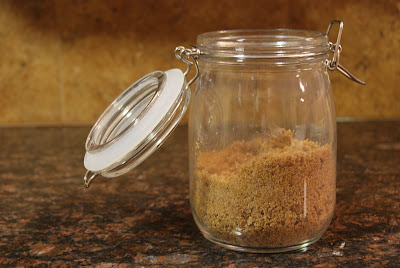A couple weeks ago on a wet and drippy Wednesday evening a friend and I went to hear Andrew Rimas speak about the cultivation of food in urban societies throughout history. Having caught an NPR segment on his and fellow author Evan D.G. Fraser’s book, Food Empires: Feast, Famine and the Rise and Fall of Civilizations, I was curious to hear what he’d have to say.
The talk was hosted by Cambridge Forum, a public affairs program that puts on (free!) weekly events in an effort to provide education and stimulate discussion on a variety of topics. I stumbled on to these events as a bright-eyed and penny poor 23-year-old and have left star-struck on more than one occasion, not least of which was hearing Howard Zinn speak. Patricia Suhrcke, the Forum’s iconic director (she’s been there forever!), opened the forum. In true Cantabrigian fashion, a rowdy cry went up from the sweater and clog-clad audience when the microphone malfunctioned but peacefully died down as it boomed back to life. The moderator introduced Rimas, a journalist turned historian, who provided a brief overview of their book before answering questions.
The book considers processes or “food empires” that urban societies have established to feed themselves throughout history. To supply urban dwellers with food farmers grow more than they are able to eat and establish mechanisms for storing, transporting and selling their surplus to hungry buyers. With these capacities in place, food empires are born. Urban life prospers and as populations grow, the empires gradually expand to incorporate additional lands and trade options. However, as the authors show, food empires have rarely been sustainable owing to the fact that they were based on three erroneous assumptions:
- Over-confidence in the planet’s fertility, even in face of deforestation, erosion and soil depletion.
- Anticipation of continued fair weather to cultivate bountiful harvests.
- Excessive reliance on specialized “cash crops” which damage the local ecosystem and are generally incapable of providing adequate nutrition to the population.
Fertility can be used up, climates change and the cultivation of specialized crops can damage the local ecosystem. Realization of these factors has spelled disaster for various food empires across time. Harvests dwindle, trade slows, and the system gradually implodes. People depending on the empire to furnish their daily sustenance are left wanting and famine takes hold, leaving the populace more susceptible to illness. As the authors point out, the parallels with modern society are striking and should give us pause. Modern American society operates under the same fallacious assumptions as well as a fourth: Expectation of the continued flow of cheap energy (fossil fuel) sources.
The content was enticing enough but the event didn’t live up to its potential. The speaker’s style was a little hard to take and we jumped ship during the Q&A. Rimas clearly has a high opinion of himself. Based on a read of his book, it may be warranted since he is clearly a diligent researcher and gifted writer. Even so, he would have been better served through a more humble approach. More often than not, less is usually more.
The content was enticing enough but the event didn’t live up to its potential. The speaker’s style was a little hard to take and we jumped ship during the Q&A. Rimas clearly has a high opinion of himself. Based on a read of his book, it may be warranted since he is clearly a diligent researcher and gifted writer. Even so, he would have been better served through a more humble approach. More often than not, less is usually more.








